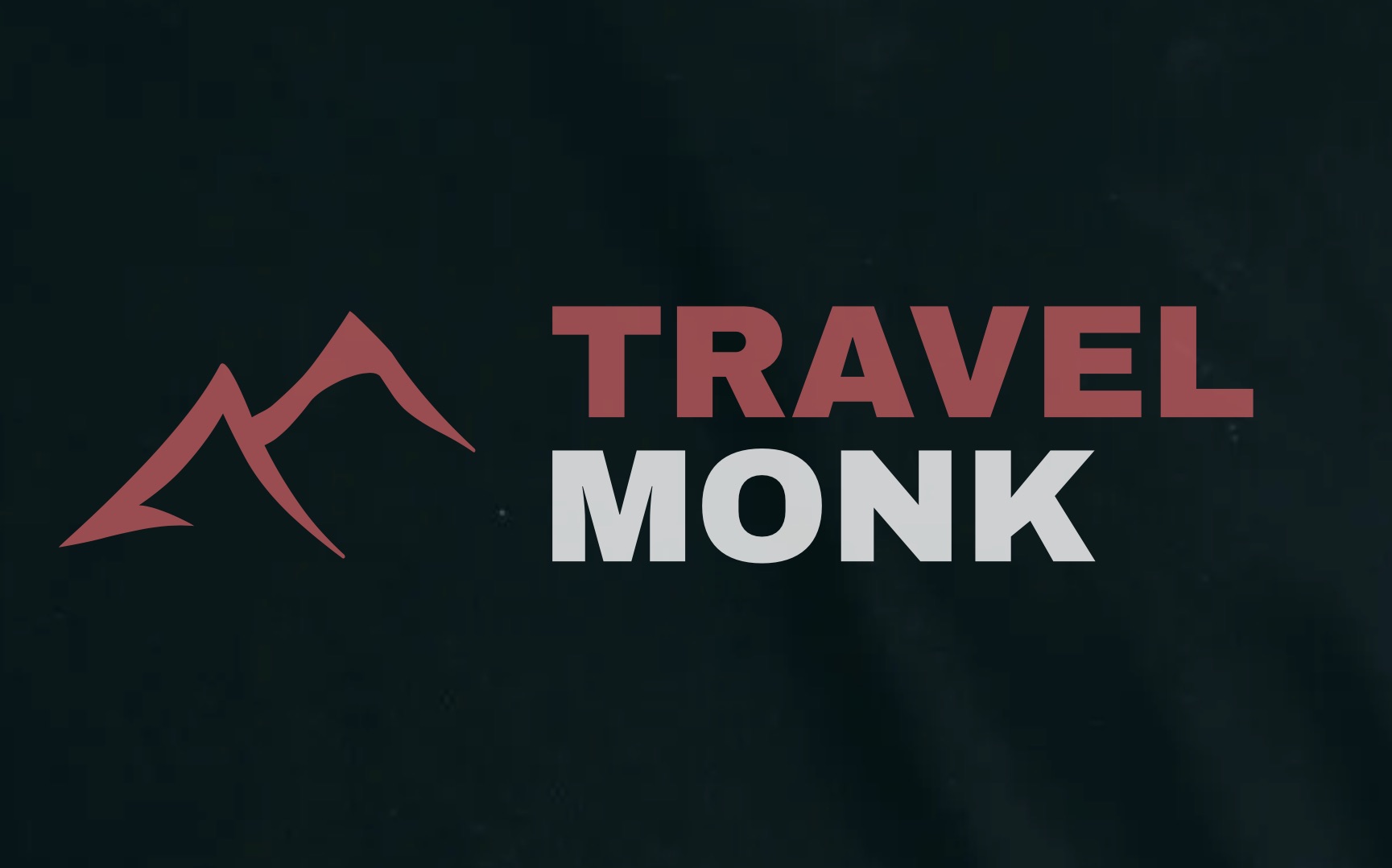Kang Yatse 2
Located in Hemis National Park, Kang Yatse II, at 6,250M, is the shorter of the two cousins with Kang Yatse I towering beside it at 6,400M.
Comprising of 11 days, the itinerary is perfect for gradual acclimatization as one gains height. The Kang Yatse Peak lies in the renowned Markha Valley. Most of the trek route coincides with the approach to Markha Valley. Therefore, this trek offers a buy 1 get 1 free benefit. Starting from Leh, one gets to explore the cultural heritage, monasteries, and gompa during the early acclimatization days. Just as you gain height by traversing through small villages, you will get an insight into Ladakhi culture. At every camping site, you will be greeted by teahouses and authentic homestays. The major hamlets that pass by are Skui, Markha, Nimling, Hankar, etc. All these forms the impeccable portrait of small homes sheltered by the giant mountains. From arid terrains to vibrant grazing lands, from small streams to the vivacious Markha River, you will encounter contrasting nature.
Region :- Ladakh
Duration :- 10-11 Days
Grade :- Difficult
Max Altitude :- 20,500 Ft.
Approx Trekking Km :- 76 Kms.
How to Reach
By Air :-
Leh Kushok Bakula Rimpochee Airport is the airport serving Leh.
Trek /Tour fee Payment:
The fee can be paid by online by payment gateway/UPI Transfer. When your transfer is done, please share us a Snapshot of Transaction ID with your transfer details, so that we can follow up your reservation efficiently on what’s app/mail.
Refund Policy
- The applicable refund amount will be processed within 10 business days
- All applicable refunds will be done in original payment mode used to made payment.
Booking Confirmation Policy
- The customer receives a confirmation voucher via email within 24 hours of successful booking.
- This is a non transferable voucher
- In case the preferred slots are unavailable, an alternate schedule of the customer’s preference will be arranged and a new confirmation voucher will be sent via email. In such case alternatively, the customer may choose to cancel their booking before confirmation and a full refund will be processed.
Advise
It is always advised to offload your backpack at the base camp or base village and carry only the essentials with you to trek. Keep your baggage to a minimum, otherwise, your body will start rebelling within the very first hour of the trek.











Tour Reviews
There are no reviews yet.
Leave a Review